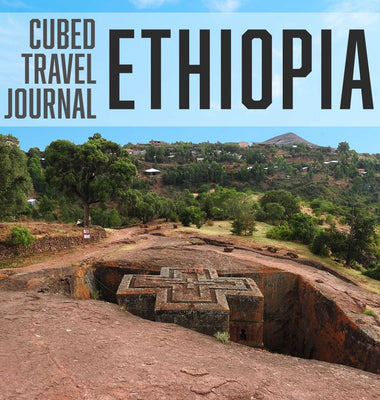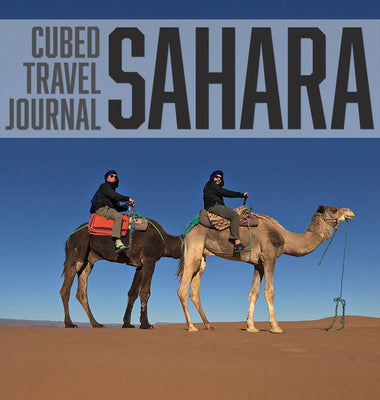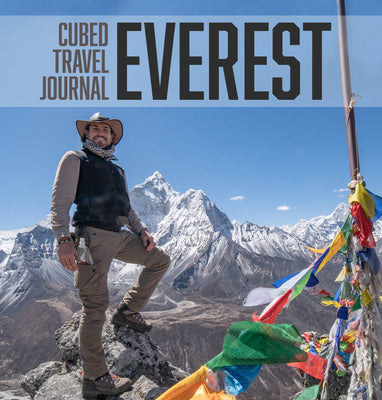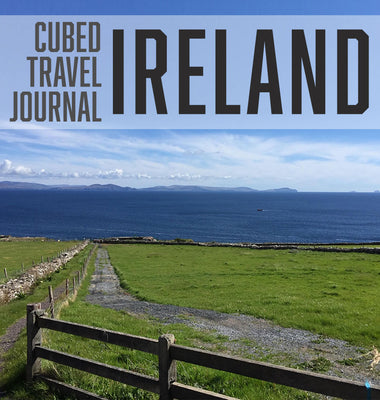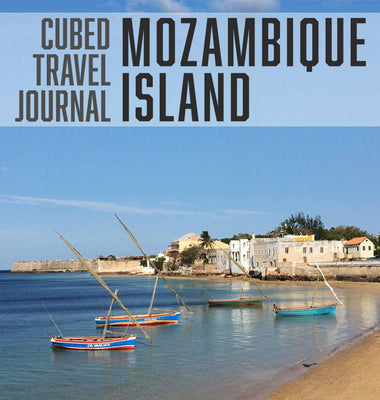The best of Iceland is found by exploring nature. The fjords, open countryside, dockside villages, geysers, and glaciers. Random tidbit: Iceland is the home of Geysir, the original geyser. So why not climb up part of the Vatnajokull Glacier, which by now you’ve learned to pronounce? We got kitted up with mountain boots, crampons, and an ice ax. You can also rent waterproof overpants, but I opted to just stick with my Business Traveler pants, knowing they were windproof enough and water-resistant enough to hold up to Icelandic weather.
With no snow, little wind, and only a light intermittent rain, we considered the weather perfect for climbing up the glacier. Like most glaciers in the world, Vatnajokull is retreating, so we had to first hike to the toe of the glacier, then securely strap on crampons and start climbing up. You need to step carefully because a slip on the ice has three possibilities. If you are skilled in ice ax self-arrest you’ll stop yourself from hurtling down the glacier. If not you’ll either be lucky and go the hospital with broken bones after a long and fast slide to the bottom or you’ll be unlucky and fall into a crevasse, a split in the glacier, and most likely die. But don’t worry, it’s not that steep and we were told accidents are rare. You might even find glacier mice, small balls of moss that form over time and tumble around the glacier, pushed by the wind. And you thought a rolling stone forms no moss.
We continued higher, reaching a small open stream on the glacier. Since we were thirsty and knew the water was clean, we could do a Viking-style drink: use your ice ax to span the stream, have one foot on either side of the stream, then lower down in the push-up position, drink the literally ice cold water, then push up and repeat until your thirst is quenched. Not really sure if the Vikings actually did that or if the guides were just having fun with us, but the water sure tasted good. Sooner than we wanted the trip was over, but not before watching the setting midnight sun. With one last refrain, "We come from the land of the ice and snow, from the midnight sun where the hot springs flow."
Farewell, beautiful Iceland.


